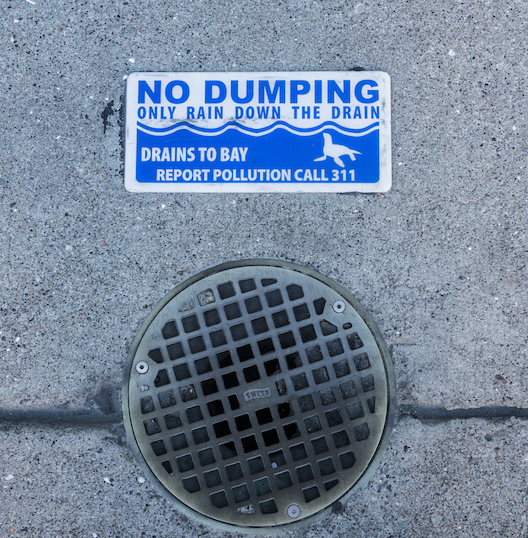The San Francisco Public Utility Commission (SFPUC) owns and operates close to 1,000 miles of sewer mains, 3 treatment facilities, 200 million gallons of storage, 26 pump stations and 36 combined sewer discharge outfalls.

Interestingly, it is the only coastal city in California with a combined sewer system that collects and treats both wastewater and stormwater in the same network of pipes.
Water flows through most of the sewers via gravity, which means they don’t have to rely on mechanical pumping, but of course the terrain of San Francisco is famous for its topography.

It has extremely steep hills, low valleys, and lots of flat low-lying areas with paved surfaces, which means rain has no place to go other than their combined sewer system before being discharged to the San Francisco Bay or the Pacific Ocean.
As such, developing a combined sewer system numerical model came with several overarching challenges.
Building in 2D in InfoWorks ICM
The two-dimensional (2D) module in InfoWorks ICM has helped them create a detailed representation of conveyance of sanitary and stormwater flows through a large and complex collection network.
In extreme storm events, excess stormwater flows may not enter the sewer system and combined sewer flows may exit the sewer system at some locations. In flat topographies, these overland flows pond in the area until system regains capacity.
However, with San Francisco’s topography of steep hills, low valleys and low-lying flat areas, the overland flows often transport over the street surface and either enter back into the sewer system or pond at another low-lying location. The location of the origin of the overland flows and the eventual location of re-entry into system or ponding can be very different.

The two-dimensional (2D) module in InfoWorks ICM generates a surface mesh using ground surface elevation data. In extreme storm events, when there are overland flows on the ground, InfoWorks ICM can route the overland flows by solving the surface flow transport equations for each of the mesh elements.
Allowing the model to mimic the transport of overland flows is extremely helpful to characterize the performance of the sewer system. The ability to visualize the fate and transport of overland flows with increasing accuracy has provided the planners and engineers a higher confidence in the model.
Real Time Control (RTC) logic
Many of the treatment facilities, pump stations and combined sewer discharge outfalls convey and treat flows differently during dry vs. wet weather. During wet weather, the operation of some facilities varies depending on the amount of rainfall and the combined sewer flows in the system.

InfoWorks ICM has a robust module called Real Time Control (RTC) that allows programming different types of pump stations, gate and valve structures. It also allows programming the set points for the operation of these facilities. The RTC logic is easy to program and understand and allows a much better representation for simulating the different treatment pathways (eg, secondary vs. primary treatment facility vs. combined sewer discharge outfall) for any storm event.
“The model allows me to have confidence in knowing not only what the numbers are, but also what the numbers visually mean in terms of hydraulic performance,” says SFPUC Assistant Engineer Julio Maravilla.

Multi-processing capabilities
The city of San Francisco has several engineers from different locations that work on the model, who are often concurrently working to solve the same problem. Their workgroup-based databases and configuration management system has provided a seamless approach for several engineers to update the model, develop scenarios for analysis, and generate results using the same network, which has led to less time required for database management and conflict resolution and higher team productivity.

Integrated storm, waste, and floodwater modeling gives you the insight you need to make impactful, cost-effective decisions. See how InfoWorks ICM can optimize your water management.